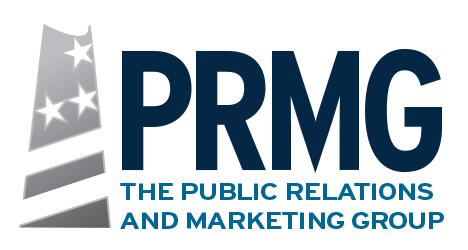Last month’s Google Performance Summit in San Francisco, CA, revealed a number of changes to Google’s AdWords and Analytics tools. Some of the highlights of Google’s summit included the development of “Promoted Pins” in Google Maps, changes in ad bidding and a new appearance for ads in search results. All of these developments reveal that Google is moving forward into the mobile-first era while continuing to handle trillions of searches every year.
Google announced that its Maps service will soon include a new generation of localized ads, as well as “promoted pins” featuring local businesses. They note, “Nearly one-third of all mobile searches are related to location,” revealing that “people’s online and offline worlds are colliding.” Since locally-based mobile searches are growing, this is a tremendous opportunity for organizations to integrate their advertisements into the stream of their followers’ lives and to show them that they are located nearby.
Changes to AdWords bidding will now allow customization based on the platform of choice – desktop, tablet, or mobile. Again this change is driven by Google’s commitment to pursue a “mobile-first” approach to advertising. The increased customization capabilities for AdWords bidding will allow businesses to optimize their marketing for whichever platform drives the greatest response and, ultimately, to reach customers more effectively.
Finally, the “mobile-first” approach to advertising has led Google to reformat the way search results appear to favor mobile platforms. This follows Google’s decision earlier this spring to remove right-hand ads from desktop search results. Expanded-text ads and new responsiveness features in mobile displays further contribute to the versatility and appeal of Google’s world-leading ads program.
Google has published some very helpful information about how mobile searches connect customers to physical businesses. Of course, Google’s search and advertising capabilities have revolutionized the face of marketing in the digital age, and their shift toward a “mobile-first” approach means they are continuing to have influence in this area. The call for professionals in this ever-changing media environment is clear: as Google notes, “accounting for mobile and designing for mobile-first are two very different things.” Mobile advertising and search capabilities offer a promising way to bridge the gap between cyberspace and physical space, as the content users see online pushes them to visit physical locations.
The Public Relations and Marketing Group, LLC (PRMG) is a full-service public relations, marketing and digital advertising agency. A Certified Google Partner, PRMG is dedicated to helping organizations and professionals drive client outreach through strategies like mobile-first marketing. If you are interested in any of the services we offer, please contact us at info@thePRMG.com or 631-207-1057 for a free consultation.






